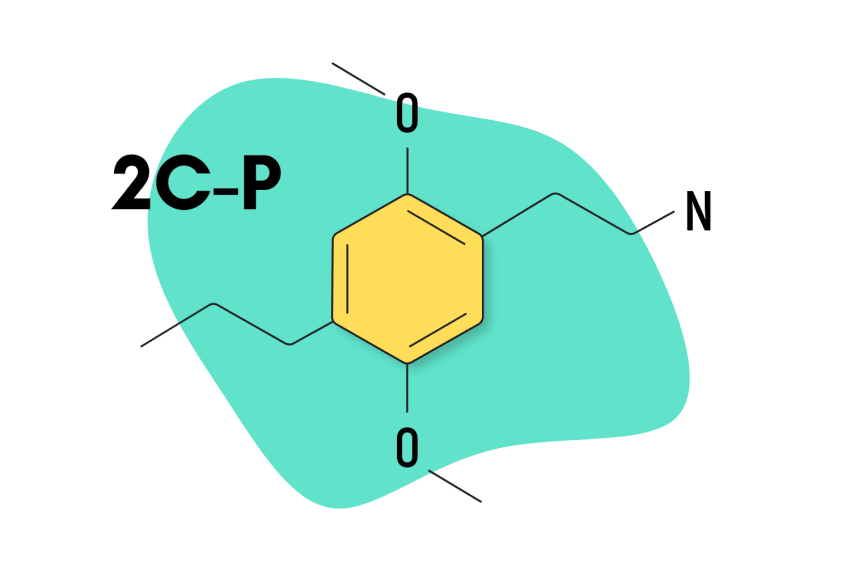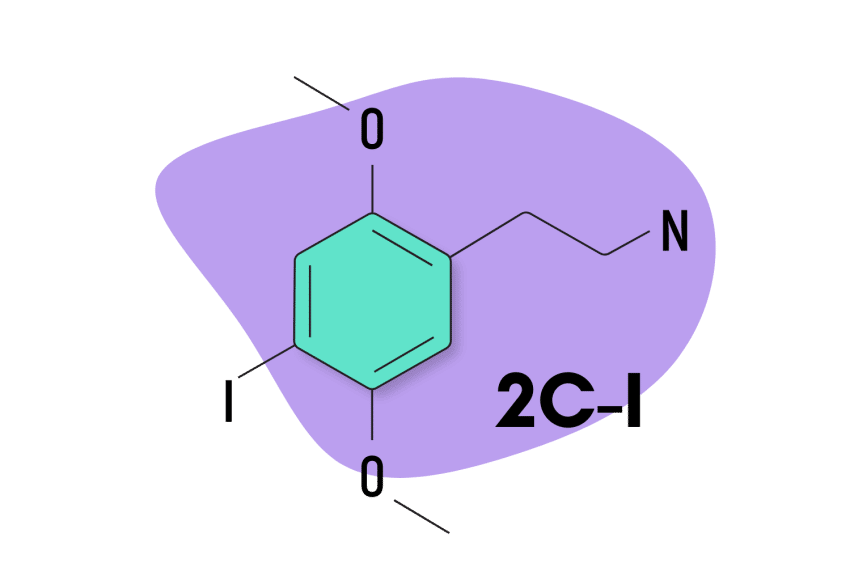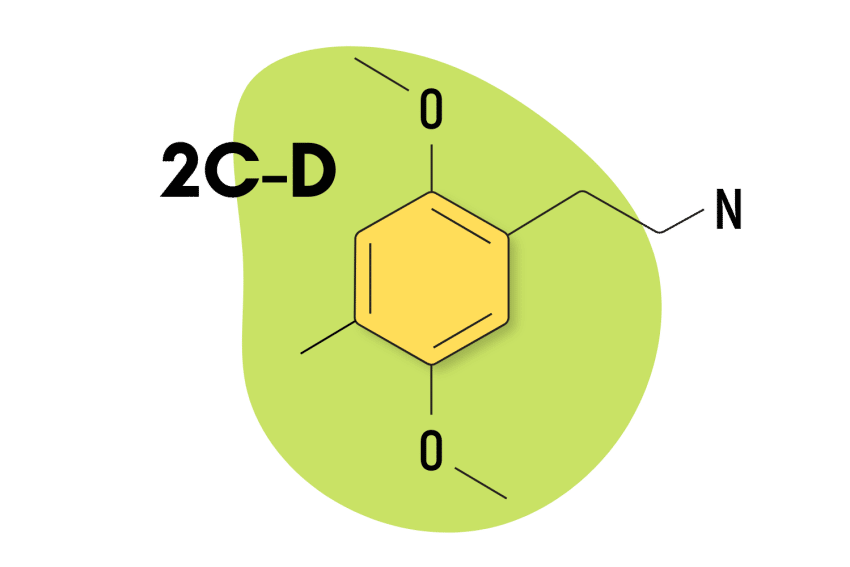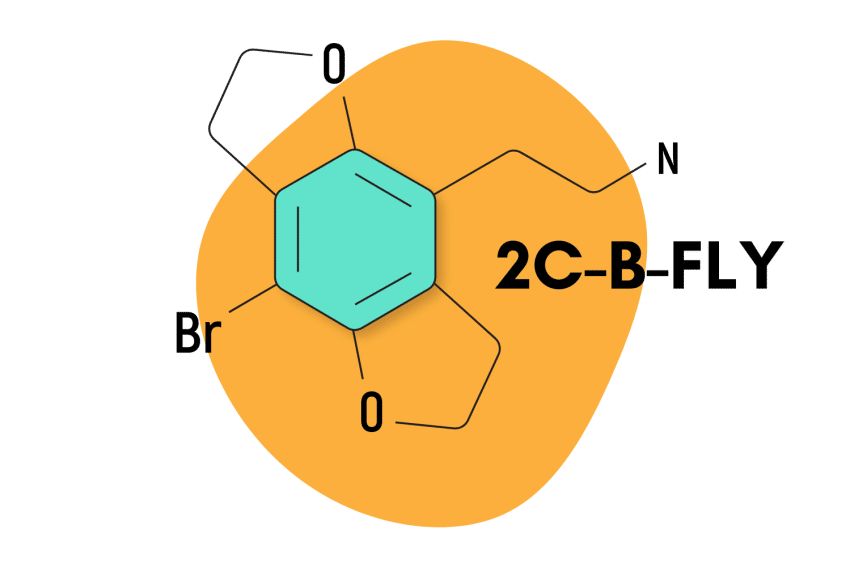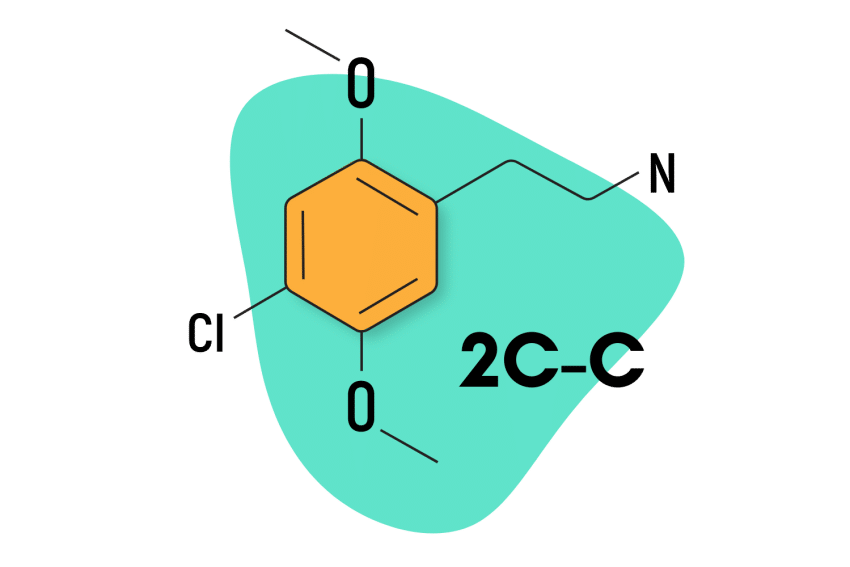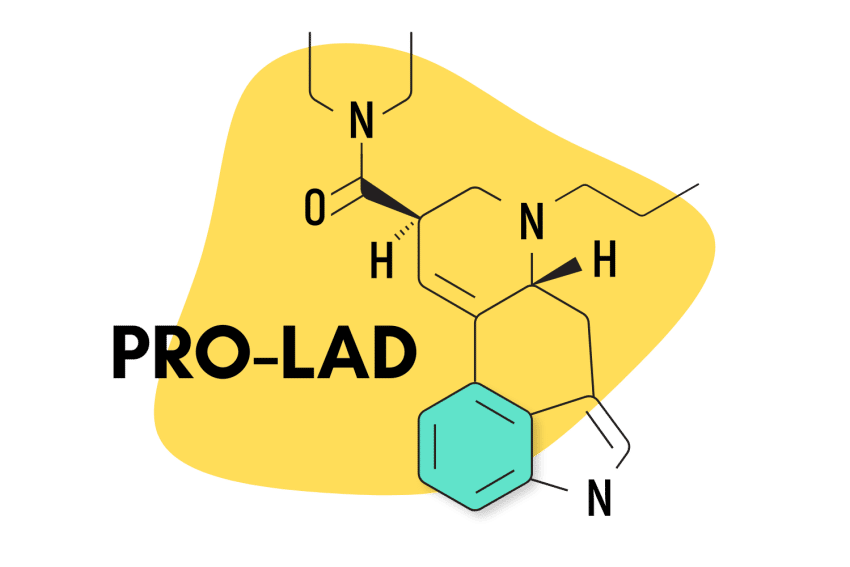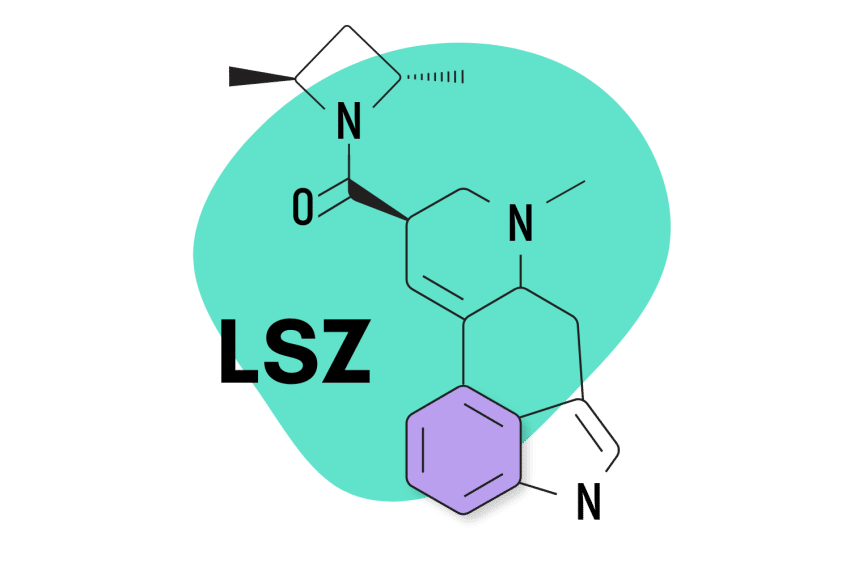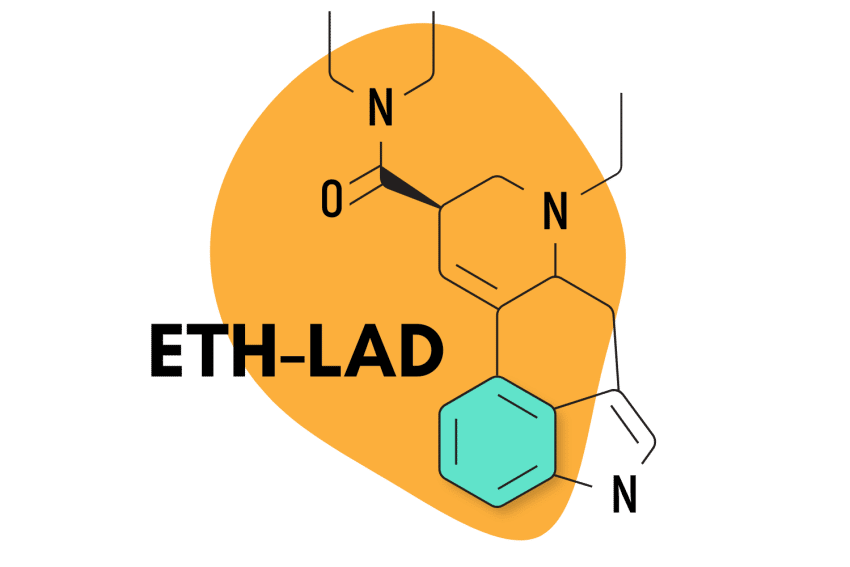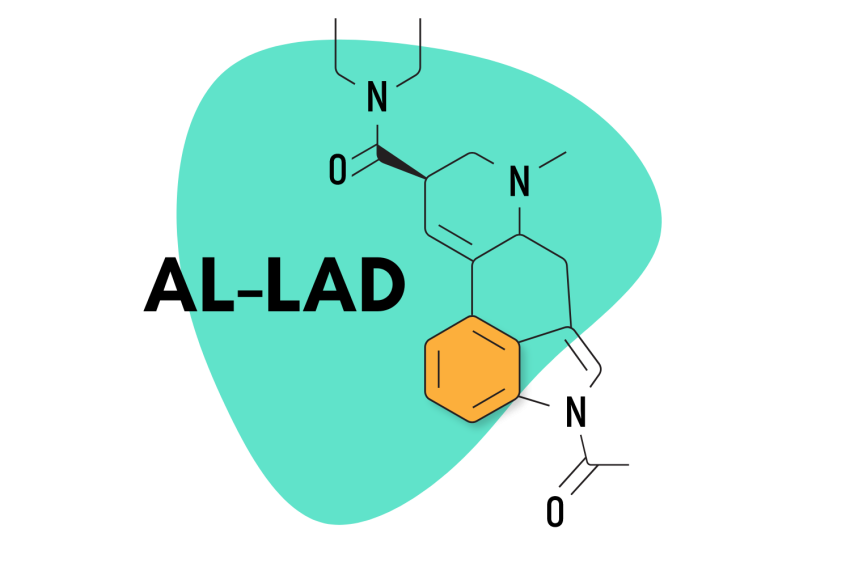Category: Synthetic Psychedelics
Psychedelics can be either natural or synthetic. Many (but not all) synthetic psychedelics were inspired or based on natural compounds.
For example, the largest class of synthetic psychedelics is the phenethylamine class, which is based on the structure of mescaline (the active ingredient in San Pedro or Peyote cactus).
Another famous synthetic psychedelic is LSD — which was a chemically-altered version of ergotamine from the ergot fungus.
Substances are tweaked and adapted in a lab to slightly alter their chemical structure — producing an entirely new compound.
There are thousands of synthetic psychedelics in the world today — largely created in response to the efforts of the drug war to ban psychoactive substances. Most of them are considered research chemicals because they lack sufficient scientific research to elucidate their mechanism of action or short/long-term safety profiles.
Naturally-occurring psychedelics can also be made synthetically, such as 5-MeO-DMT which is found naturally in the Colorado River Toad.
2C-P is the most potent member of the 2C-X psychedelics invented by the late Alexander Shulgin. It's a popular research chemical but heeds caution.
2C-I is one of the most stimulating members of the 2C-X family of psychedelics. In lower doses, it's used as a nootropic and higher doses for its psychedelic activity.
2C-D is a mild, but expensive psychedelic in the 2C-X family. Learn why Shulgin referred to this compound as pharmacological tofu.
2C-B-FLY is a psychedelic phenethylamine closely related to 2C-B. It’s widely considered one of the best psychedelics for arousal & sexual connection.
2C-C (4-Chloro-2,5-dimethoxyphenethylamine) is an obscure psychedelic substance derived from mescaline. Learn about dosage, safety, & effects.
PRO-LAD is an analog of LSD. A dose between 50 and 200 micrograms induces a similar experience. Here's what makes this forgotten psychedelic so underrated.
LSZ is an analog of LSD discovered by Dr. David Nichols. Preliminary research suggests this psychedelic compound is even stronger than LSD.
ETH-LAD is an analog of LSD. Its effects were first outlined by David Nichols, followed by the first rip report by Alexander Shulgin in his book TiHKAL.
AL-LAD is an analog of LSD that's said to have gentler effects. While it's undeniably milder, it's still a formidable psychedelic. Dosage, safety, & effects.
